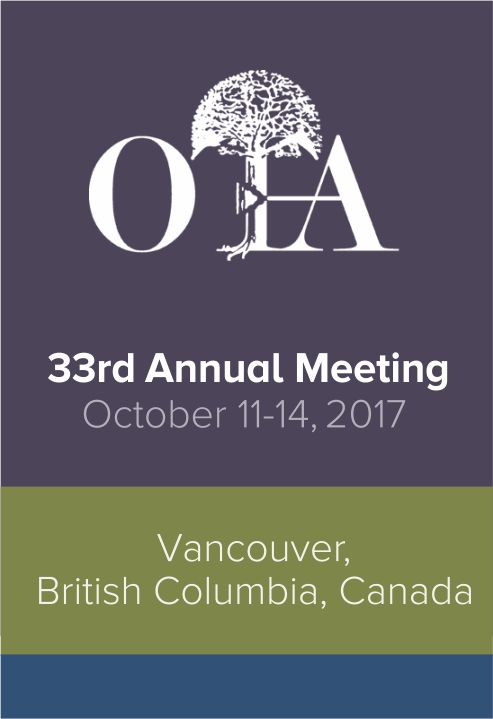
OTA2017: No impact of alendronic acid on union rate following distal radius fracture

OTA2017: No impact of alendronic acid on union rate following distal radius fracture
The FaB (Fractures and Bisphosphonates) Trial: A Multicenter, Double-Blind, Randomized Controlled Trial on the Effect of Alendronic Acid on Healing and Clinical Outcomes of Wrist Fractures
CONFERENCE ACE REPORTS
This ACE Report is a summary of a conference presentation or abstract. The information provided has limited the ability to provide an accurate assessment of the risk of bias or the overall quality. Please interpret the results with caution as trials may be in progress and select results may have been presented.
Synopsis
421 patients, 50 years of age or older, with an acute distal radius fracture, were randomized to weekly alendronic acid or placebo. Patients were assessed for union rate at scheduled follow-up. No significant differences between groups were observed in union rates after 4 weeks, 6 weeks, or 2 months.
To view the full content, login to your account,
or start your 30-day FREE Trial today.
FREE TRIAL
LOGIN
Forgot Password?
Explore some of our unlocked ACE Reports below!

Learn about our AI Driven
High Impact Search Feature
Our AI driven High Impact metric calculates the impact an article will have by considering both the publishing journal and the content of the article itself. Built using the latest advances in natural language processing, OE High Impact predicts an article’s future number of citations better than impact factor alone.
Continue



 LOGIN
LOGIN

Join the Conversation
Please Login or Join to leave comments.